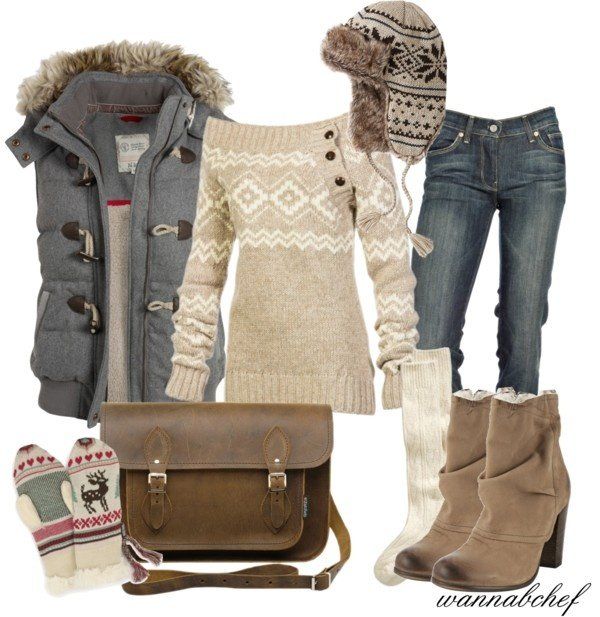Manufacturers are focusing their efforts on premiumization of their existing winter wear brands in order to reduce raw material price volatility, limit market volume growth, and meet growing demand for premium brands.

The global winter wear market is expected to surpass a valuation of US$ ~280.0 Bn in 2020 and at a CAGR of approximately ~5.0% through 2031.Manufacturers are focusing their efforts on premiumization of their existing winter wear brands in order to reduce raw material price volatility, limit market volume growth, and meet growing demand for premium brands.
Climate change is largely to blame for the growth of the winter wear business. In anticipation for warmer winters and record-breaking winter temperatures, several companies are looking at breakthrough technologies to improve the quality and efficiency of their products.
When the temperatures start to drop, sales through retail and online channels are projected to increase. Gap Inc., for example, introduced the “Hill City” menswear brand in 2018 to meet increased demand for premium men’s gear that combines highly technical fabrications, style, and high performance throughout the winter months.
Nowadays, the younger generations are getting attracted to recreational activities such as hiking, fishing, snow skating and many other winter sports. In order to play or take part in winter sports the consumers are expecting high branded winter wears.
Request Sample Report Brochure @
https://www.futuremarketinsights.com/reports/sample/rep-gb-7713
The cold-weather recreation sector in America, according to Climate Central, has a particularly strong stake in warmer winters. For sports ranging from downhill skiing to ice fishing and outdoor ice hockey, low temperatures, plenty of snowfall, or both are required. The US economy earns billions of dollars each year from winter recreational activities. In terms of the country’s cultural legacy, winter sports are also noteworthy.
Furthermore, firms in the winter wear industry are focusing their efforts on increasing the value of their products. For example, in November 2018, Oros Apparel released Solarcore insulation, a space-based insulation that makes one of the warmest winter jackets in the market. The company utilized aerogel material technology, which was initially designed for NASA spacesuits, to make innovative winter wear gear.
Key Takeaways from the Winter Wear Market Study
Major players present in the winter wear market are Nike Inc., Aero Group, Fenix Outdoor Group, Wintergreen Northern Wear, Helly Hansen Company, Forever 21, Inc., J.Crew Group, Inc., American Multinational Corporation Gap Inc., Zara SA, Patagonia, Inc., Columbia Sportswear Company, Gap Inc., and VF Corporation among others.
Ask to Analyst @
https://www.futuremarketinsights.com/ask-question/rep-gb-7713
Impact of COVID-19 on the Market
As a result of the covid-19 outbreak, various sectors and locations faced a temporary standstill. The economic downturn impacted both the supply and demand sides of the industry. Apart from that, it had a significant impact on consumer purchasing behaviour, as a significant number of customers shifted from impulsive to thoughtful spending, influencing the winter clothing business to some extent.
The global outbreak of covid-19 ushered in a period of unprecedented trade disruption. Consumers acquired short-term habits that, in some cases, have become permanent as a result of the pandemic. The transition to digital was the most major behavioral change that happened as a result of the epidemic.
Global Winter Wear Market by Category
By Product Type:
By Material Type:
By Consumer Orientation:
By Size:
By Region:
Future Market Insights (ESOMAR certified market research organization and a member of Greater New York Chamber of Commerce) provides in-depth insights into governing factors elevating the demand in the market.
Aug 26, 2022